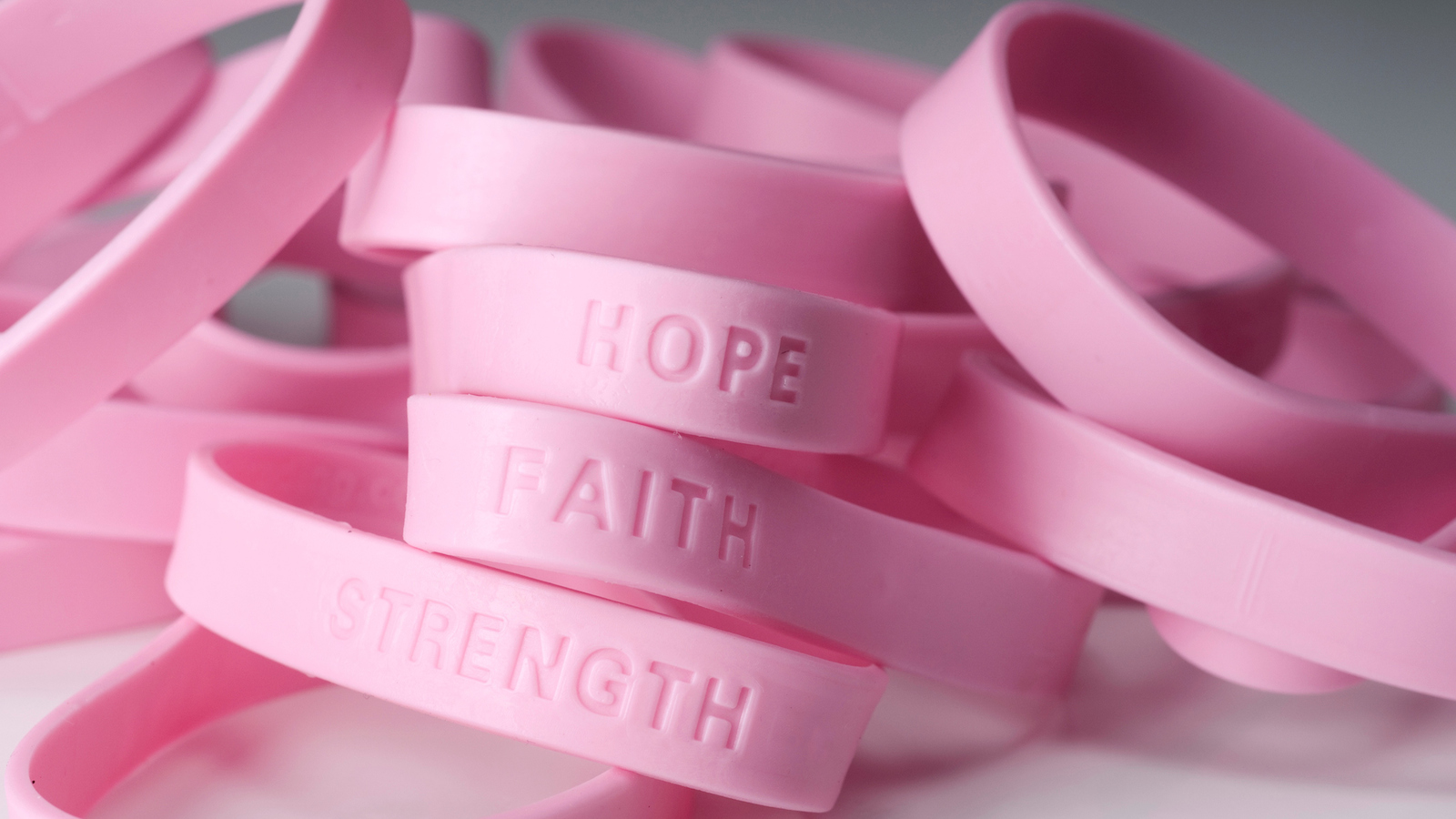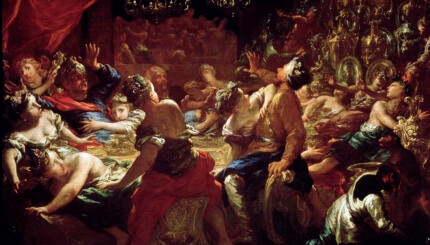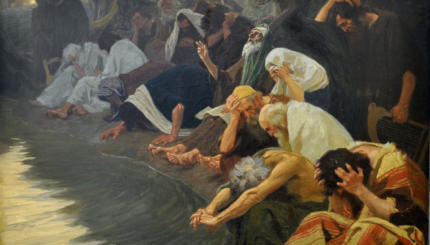Commentary on Parashat Tetzaveh, Exodus 27:20-30:10; Deuteronomy 25:17-19
I’ve been wearing two green plastic bracelets for months. Modeled after Lance Armstrong’s yellow “Livestrong” bracelets, my wristbands are supposed to call attention to the ongoing genocide in Darfur. But how well do they accomplish that goal? Bracelet enthusiasts argue that the bracelets raise awareness about the genocide. Cynics point to the superficial nature of the gesture: Can social activism take place at the Save Darfur Store?
Given the proliferation of colored issue bracelets, there is little knowledge of what cause each color represents. A Slate Magazine columnist complains, “Purple, for instance, now signifies support for Alzheimer patients, abused animals, battered women, epileptics, children in foster care, or people with irritable bowel syndrome, among other things…With so much to be aware of, awareness bracelets have reverted to signifying nothing more than color itself. Idealism has devolved into fashion.”
The High Priest’s Garments
A garment mentioned in this week’s portion offers a path to reclaim issue bracelets. In Parashat Tetzaveh, Aaron, the High Priest of the Israelites, is commanded to wear two jewel-encrusted bands on his shoulders, engraved with the names of the 12 tribes of Israel.
Careful attention is paid to their purpose. They are to be worn “as stones for remembrance of the Israelite people, whose names Aaron shall carry…for remembrance before God (Exodus 28:12).”

Help us keep Jewish knowledge accessible to millions of people around the world.
Your donation to My Jewish Learning fuels endless journeys of Jewish discovery. With your help, My Jewish Learning can continue to provide nonstop opportunities for learning, connection and growth.
Describing the aim of the High Priest’s bands, the word “remembrance” is emphasized through its repetition. But what is Aaron meant to remember? One commentator suggests Aaron wears the names to remember those for whom he is spiritually responsible.
The visible names heighten Aaron’s awareness of those he represents. This awareness may be visceral, evoking Eduardo Galeano’s definition of remembrance from his native Spanish: “Recordar: To remember; from the Latin re-cordis, to pass back through the heart.”
Wearing the names and emotionally connecting to the people they represent, Aaron’s own awareness of personal responsibility is heightened.
Raising Awareness, Taking Action
Here, there is a difference in purpose between the Torah’s remembrance bands and the assumed purpose of the contemporary issue bracelet. The High Priest wears his engraved bands as a pre-requisite to his service to the people before God. He wears them to effect his own awareness–not to raise the awareness of others.
But it wasn’t enough for Aaron to just remember. The Torah describes the priests’ preparations for their duties with the expression limalei yad–to fill the hand. Aaron sees the people’s names, passes them through his heart, and then performs sacrifices with his hands. The act of heart-filled remembrance leads directly and immediately to concrete action, the filling of the hand.
Following the example of the High Priest’s bands, issue bracelets can raise awareness–the awareness of their wearer. They succeed when they motivate personal and specific action.
A short time ago, I discovered that my pension investments might be helping to fund the genocide that I wear plastic jewelry to protest. Using online tools to search my portfolio, I identified Fidelity mutual funds containing companies targeted for divestment.
Wearing the green bracelets over these weeks has thus taken on new poignancy. Along with AJWS, the Union for Reform Judaism, the state of California, and many others, I plan to divest from targeted companies funding the genocide in Sudan. The bracelets remind me of the concrete actions my hands have yet to perform.
The Latin verb, vestire, to clothe, carries the sense of dressing someone in the garments of a specific office or power. The garments are symbols of the individual’s ability to fulfill an ordained purpose. This certainly applies to Aaron’s holy vestments. By wearing them, he becomes capable of performing duties of communal responsibility.
What would it mean to feel that awareness bracelets could do the same? Can they be worn as reminders of our power to concretely act and create change?
I will wear my green bracelets until my targeted funds have been transferred. After that, I think I’ll remove them from my wrists and hang them on my computer monitor. There, I hope they will remind me to protest the genocide through continued donations, letters, petitions, and self-education. Like the garments of the High Priest, issue bracelets can connect what our eyes see with what fills the heart and hands.
Provided by American Jewish World Service, pursuing global justice through grassroots change.




